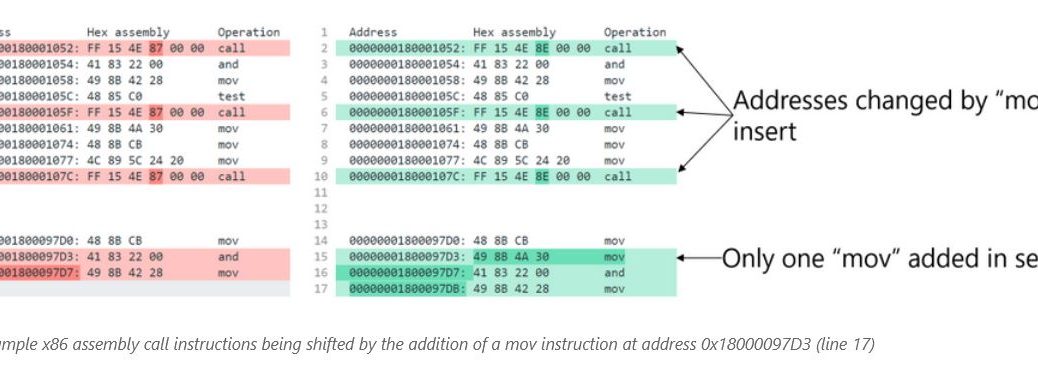MS tracks and delivers changes (and reverse operations) to OS images using “forward and reverse differentials.” This started in Windows 10, Version 1809. Now, MS adds slick optimization that reduces repeat references to objects and instructions. Thus, MS streamlines Windows 11 update handling further. It’s all explained in an October 12 Microsoft Windows IT Pro blog post. That post is entitled “How Microsoft reduced Windows 11 update size by 40%.” It explains how MS further reduced update volume without boosting installation time.
How MS Streamlines Windows 11 Update Handling
In the afore-linked blog post, MS explains its objectives as “reducing the size of Windows 11 updates.” At the same time, the company sought to:
- decrease size of network downloads for updates
- keep install times unchanged (not slowed)
- keep updates compatible with all distribution channels (e.g. WU, WSUS, SCCM, InTune/AutoPilot and so forth). Thus, IT pros need make no config changes.
According to the blog post, “since Windows 10, version 1809, …servicing has used paired forward and reverse differential compression.” What MS did, at a high level, with Windows 11 was to add a catalog to remap virtual addresses when function addresses or other relative references change. This replaces forward and reverse differentials for such addresses with (much shorter) lookup table references.
Such operations are easy to reverse, too. These might be required if an update fails prior to completion. This returns the OS image to a known, working stable state. OTOH, it might be required if the user decides to uninstall or roll back an update.
MS’s analyses show that this new approach provides a “40% reduction in update size.” This means not just smaller updates, but less overall consumption of network bandwidth to transport updates. For software with millions (Windows 11) to billions (Windows 10) of users, this is a big deal. No wonder MS is working to patent this technology…
